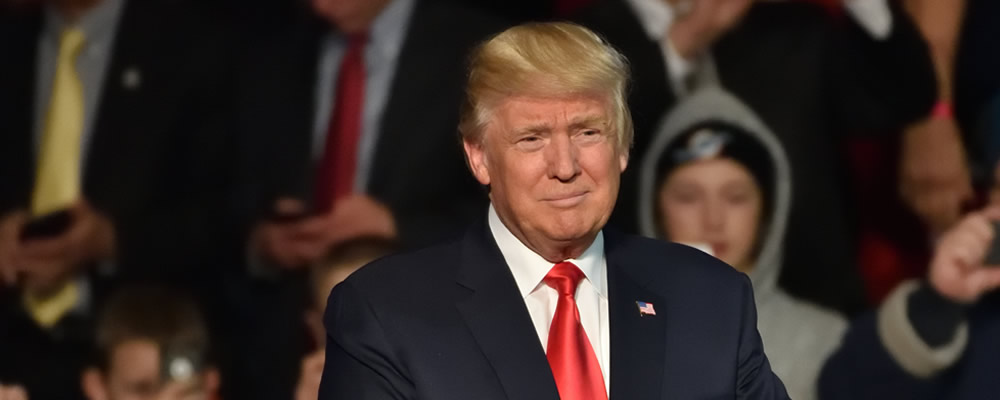The Euro Australian Dollar (EUR AUD) exchange rate strengthened by around half a cent this morning as traders flocked to the relative stability of the single currency following the defeat of Donald Trump’s healthcare bill.
USD investors viewed Trump’s American Healthcare Act (AHCA) as a litmus test of his administration’s legislative skill, with observers now questioning his ability to push through his ambitious stimulus and tax packages.
Piotr Matys of Rabobank writes;
‘An inability to approve the American Healthcare Act raises concerns about the prospects of far more important fiscal stimulus, which has been the main driving factor behind impressive gains in global stocks since Mr Trump got unexpectedly elected.’
The so-called Trump-bump in the US Dollar came on the back of the Republican’s sweeping victory in both houses of congress, with analysts predicting that Trump would be able to pass his economic bills will little to no resistance.
But with congress rejecting the AHCA, which would have replaced the much hated ‘Obamacare’ introduced by the previous administration, concerns over Trump future policies and the subsequent slump in the US Dollar could lead to significant gains for the Euro.
EUR AUD was also strengthened by the release of upbeat Business Climate figures from Germany earlier this morning.
Data compiled by Research group Ifo revealed that German business confidence struck a near six-year high in March as sentiment rose from 111.1 to 112.3, beating forecasts that it would remain unchanged.
Manufacturing, retailing and construction firms reported that their outlook improved this month as fears of a potential trade war against the US waned as Trump reeled in some of his protectionism rhetoric over recent weeks.
However, some analysts predict that business morale will struggle to hold over the coming months as concerns over the economic impact of Brexit and the upcoming elections in France weighs on confidence.
Meanwhile, the Australian Dollar took a hit in trading today as iron ores prices continue slumping.
Metal Bulletin reported that the spot price for benchmark 62% fines fell by 7.9% last week, causing prices for Australia’s largest export to fall to $85.06 a tonne, its lowest level since early January and halving the commodity’s gains this year.
This downturn looks set to continue this week as well with Chinese iron ore futures plummeting 5.26% during the Asian session.
The drop mirrored a further fall in rebar futures as Chinese steel prices continued declining as production outstrips demand, despite activity in the construction sector waking up after its winter hibernation.
Yang Luo, an analyst at UBS said;
‘From our recent on-the-ground checks, demand is satisfactory, driven mainly by accelerating infrastructure investment and mixed property investment. However, as steel production has also been rising in reaction to the current high profitability, we think the price is still subject to downside pressure due to worsening supply/demand dynamics.’
Looking ahead, the EUR AUD exchange rate may advance later today if European Central Bank (ECB) policymakers strike a more hawkish stance as they make a number of speeches this afternoon.
EUR investors are hoping that the ECB members will hint that the bank will tighten monetary policy by the end of the year as President Mario Draghi claimed that the Eurozone was no longer under pressure of deflation.
Meanwhile the Australian Dollar may rally in reaction to a speech by Deputy Governor of the Reserve Bank of Australia (RBA) Guy Debelle if he presents an upbeat outlook for the economy for the coming year.
Current Interbank Exchange Rates
At the time of writing the EUR AUD exchange rate was trending around 1.42 and the AUD EUR exchange rate was trending around 0.70.



